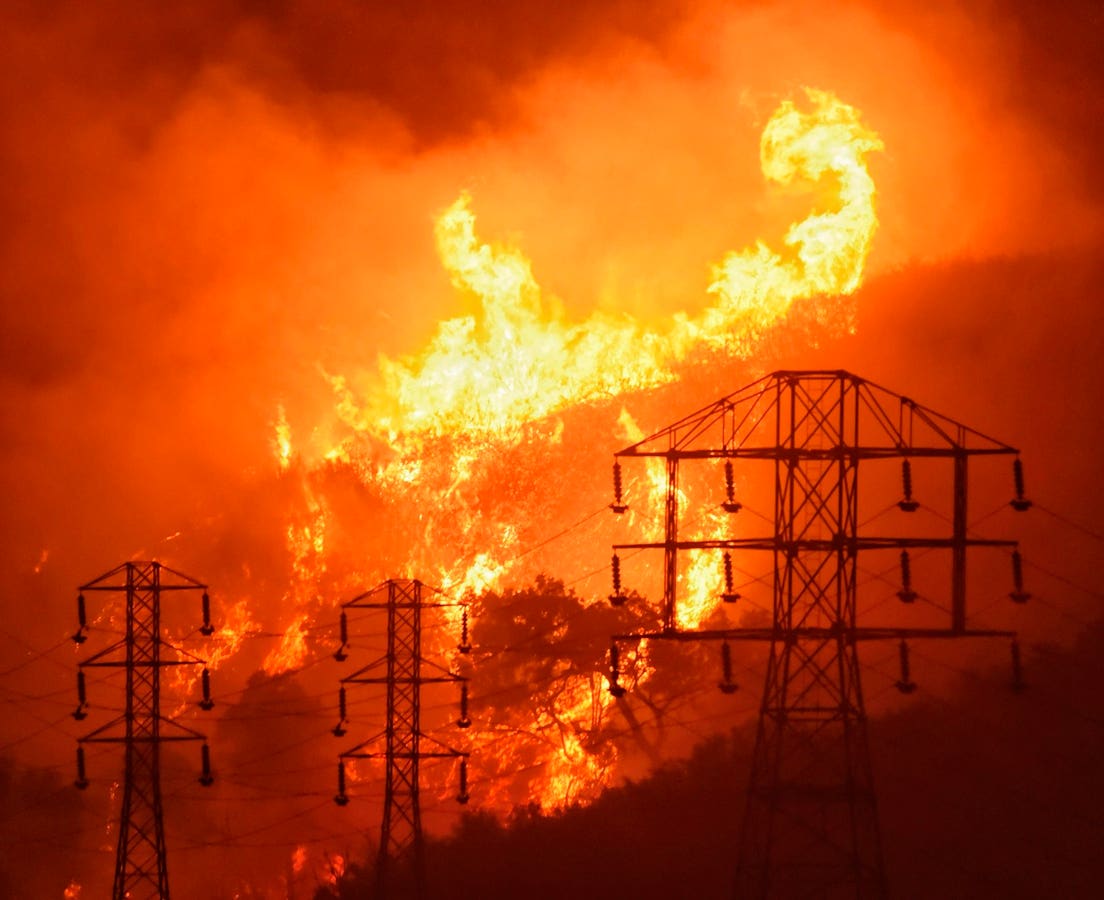3D renditions of three respiratory viruses: COVID-19, RSV, and flu. (Photo by: NIH-NIAID/Image Point FR/BSIP/Universal Images Group via Getty Images)
BSIP/Universal Images Group via Getty Images
Flight cancellations aren’t the only casualties for the current government shutdown. The ongoing government shutdown, since October 1st, is affecting public health and disease surveillance in real and tangible ways. There have been significant delays in respiratory disease surveillance tracking by the CDC, the federal agency that normally tracks cases, hospitalizations and deaths.
The CDC has not updated data on its National Wastewater Surveillance System for COVID-19 since late September. In addition, data on the flu and RSV has also not been posted since September 26, 2025 on the CDC website. These surveillance programs form the backbone of America’s ability to detect outbreaks early, allocate resources and guide public health decisions. The suspension of federal respiratory disease surveillance systems could have devastating effects on public health going forward. Here’s how.
Lack Of Data For Preparation
Without weekly reports on test positivity rates, hospitalizations and deaths, most states cannot accurately gauge whether respiratory infectious diseases like COVID-19 are rising or falling. While some states like Georgia have their own disease surveillance systems, many still rely on the CDC for data that helps inform their ability to prepare for future surges. States and hospitals are currently left guessing when to adjust healthcare staffing levels or promote educational campaigns because data on respiratory viruses are scarce.
Less Public Health Guidance
The shutdown and the lack of public health guidance from the CDC comes at an inopportune time, when respiratory viruses like COVID-19, RSV and the flu usually surge. As temperatures drop in November and December, people spend more time indoors, creating an ideal environment for respiratory infections to spread. In previous years, the CDC would provide timely guidance with respect to outbreaks in various areas and preventive education in order to protect Americans.
This year during the shutdown, no such guidance has been given. Local hospitals could theoretically face an influx of flu cases without knowing an outbreak is impacting neighboring counties. This would ultimately prevent hospitals from being prepared and staffing appropriate personnel to contain a potential outbreak. A manageable outbreak could escalate quickly into a crisis simply because public health guidance is not being provided by the CDC.
Vulnerable Populations Suffer
The consequences of decreased communication from the federal government surrounding respiratory infections is particularly dire for vulnerable populations, who are often affected most by infections from COVID-19 and RSV. Seniors, infants, pregnant females and those with chronic ailments depend on timely alerts about circulating viruses in order to take precautions and seek early treatment. When hospitals get overwhelmed by patients during an active respiratory virus surge, vulnerable patients may encounter delayed care or even limited access to medications and vaccines that could treat and prevent their illnesses. Hospitals can prepare and allocate effective resources to various viral surges when data and resources are made transparent by the CDC and federal government.
Loss Of Trust In Public Health
Perhaps most damaging is the loss of confidence the American people will have towards public health. Public trust in health initiatives is already fragile, as typified by vaccination rates across America. Just last year, less than 25% of eligible Americans received the updated COVID-19 vaccine, according to The New England Journal of Medicine. Declining vaccination rates have been fueled by vaccine hesitancy and an overall lack of trust in public health.
Americans have come to rely on transparent data from the CDC to understand risk levels for various infectious diseases and to make personal health decisions. Without such guidance and data, misinformation and speculation could fill the void, which ultimately erodes trust and confidence in public health agencies and initiatives. In addition, once the government reopens, data gaps will make it difficult to fully track disease trends or evaluate the effectiveness of vaccines. Analysis of infectious disease trends will be hindered, which would further undermine the public’s confidence in the CDC and its guidance.
As lawmakers debate budget priorities and the government shutdown, they must also recognize that disabling the nation’s ability to track infectious diseases endangers all Americans, regardless of political party. Disease surveillance represents the invisible glue that keeps public health flourishing and allows all Americans to stay healthy. When this infrastructure collapses, the lives of Americans are at great risk.









